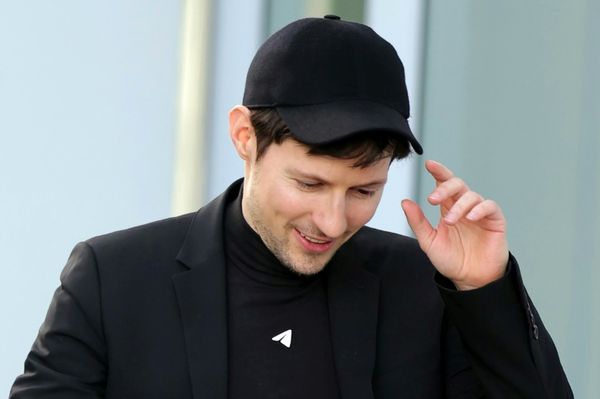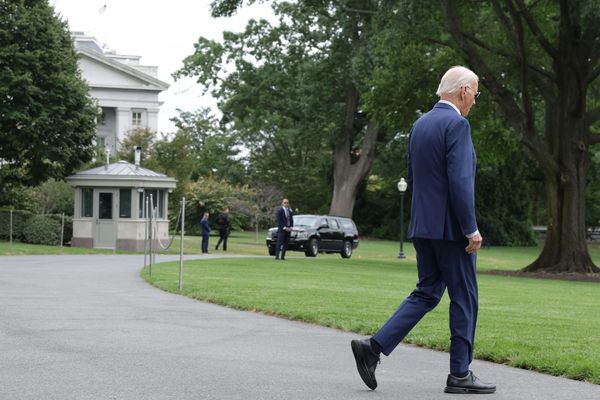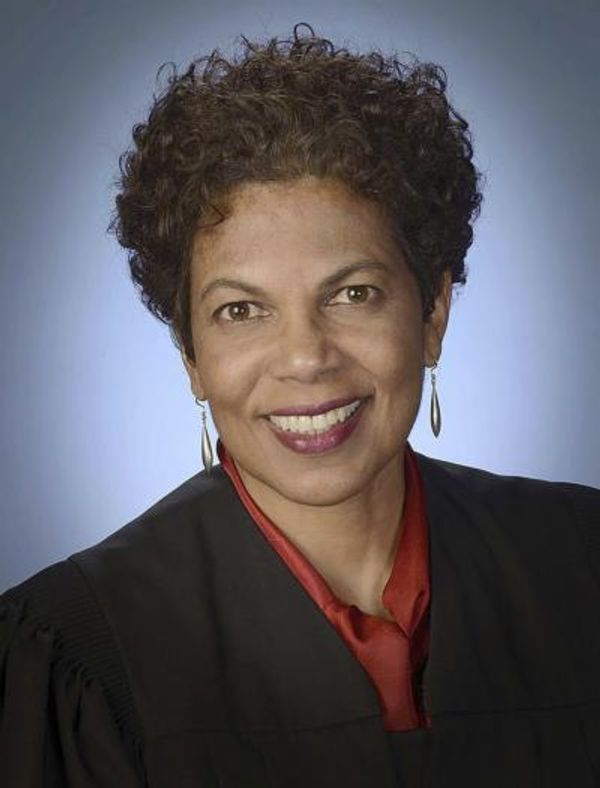When the freefalling Sacramento Kings dropped a heartbreaking contest to the Detroit Pistons on Dec. 26, it added to the season’s feeling of despair. The Kings sat at 13-18, well out of the Western Conference playoff picture. Desperate for a spark, they fired head coach Mike Brown, just two years removed from his Coach of the Year bid.
Despite their questionable handling of the season, Doug Christie’s promotion as interim head coach sparked a flame for Sacramento. Christie’s Kings have won seven of eight games (and seven straight), now sitting at 20-19 and back in the Western Conference playoff mix. Most of the turnaround results from a substantial defensive jump.
Sacramento’s defensive rating jumped from 16th (114 points allowed per 100 possessions) in Brown’s 31 games to sixth (111 points) over Christie’s first eight games, according to Cleaning the Glass. Those eight contests include wins over the Boston Celtics, Dallas Mavericks and Memphis Grizzlies.
Beyond any schematic changes, which we’ll discuss soon, the Kings are defending with a newfound intensity. A reinvigorated roster under Christie has forced more turnovers, grabbed more rebounds and cut down on mental mistakes. They’ve jumped from 18th in steal rate (8.1 percent) under Brown to 11th (9 percent) under Christie. Offensively slanted players like Malik Monk, Kevin Huerter and DeMar DeRozan are defending harder.
i’ve enjoyed demar derozan’s defense as of late, he’ll make a few plays a game as a back line defender and with his quick hands. 1.8% steal rate ties for the highest of his career
he’s not worldbeating but much than barnes and contributing to defensive success pic.twitter.com/mAQ5IrCpfS
— ben pfeifer (@bjpf_) January 12, 2025
Sacramento’s pure half-court defense hasn’t improved substantially under Christie (22nd half-court defensive rating), but the Kings force more half-court offense than any other team. That’s been consistent throughout the season — they play in the half-court on defense 82.3 percent of the time, allowing the lowest transition frequency in the NBA.
A Change To The Rotation
Apart from effort and focus, the easiest explanation for Sacramento’s defensive success comes from its roster choices. The Kings have featured Keon Ellis, their best perimeter defender, more prominently with Christie at the helm. He’s playing 27.6 minutes per game under Christie’s watch, compared to 19.9 under Brown.
It’s somewhat concerning Ellis’ minute share dipped to 19 against the Chicago Bulls with the full roster healthy on Sunday. The Kings would be wise to ensure Ellis plays more often, especially in high-leverage moments. His Defensive Estimated Plus-Minus (plus-1.0) sits in the 90th percentile among all players. Few players create turnovers more than Ellis does, evidenced by his stellar 3.2 percent steal rate and 3.7 percent block rate. He and the Houston Rockets’ Tari Eason are the only two regular rotation players posting block and steal rates both above 3 percent.
keon ellis supremacy as always pic.twitter.com/9kJEgtWXUc
— ben pfeifer (@bjpf_) January 12, 2025
Ellis’ presence benefits Keegan Murray more than almost any other King. For much of the season, Murray’s defensive usage rivaled any perimeter player in the NBA, which contributed to his offensive struggles. He’s playing like himself since returning from a left ankle injury on Jan. 5, averaging 14.5 points on 63.2 percent true shooting. On the season, Murray averages 11.9 points per game on 52.2 percent true shooting.
More help from Ellis and the coaching staff has let Murray thrive on defense. Ellis’ off-ball defensive excellence lets Murray spend most of his time defending the ball, where he’s at his best. When Ellis and Murray share the floor, the Kings’ defensive rating is a sturdy 108.5 (per PBP Stats) — compared to 114 when only one plays and the other sits.
keegan murray’s defending really well as of late, his intensity and effort on the ball are evident. back to his stopping ways with his length, size and movement skills
not being asked to do as much with more keon minutes which has been huge pic.twitter.com/1ZUqtYbDZW
— ben pfeifer (@bjpf_) January 13, 2025
Even with Ellis, Murray and the return of lottery pick Devin Carter, the Kings must make up a talent deficiency compared to most other elite defenses. Christie’s willingness to switch up their defensive looks and coverages contributes to this success. This was most evident during Sacramento’s win over Boston, when they held the Celtics to a putrid 99 offensive rating, their second-worst mark of the season (predictably, their loss to the Oklahoma City Thunder marked their worst offensive performance).
Christie Is Experimenting
Without the physical talent to bother elite offenses, creating confusion and chaos has been Sacramento’s chosen solution. Against the Celtics, the Kings toggled among switching, dropping and full-on trapping ball screens. On some possessions, they doubled the ball immediately. On others, they waited until late in the clock to send extra bodies.
They adjusted to an early Jaylen Brown paint-scoring flurry, guarding him with bigger defenders. Jayson Tatum turned the ball over a season-high eight times and tied his season-low with 15 points. He struggled to process Sacramento’s defensive looks and his teammates’ shooting struggles only furthered these issues.
doug christie’s defense has been willing to switch up coverages/mix up looks, for example, showing early and/or late help at tatum to end the second half of this boston game
that diversity is a big reason sacramento’s defense is working so well, IMO pic.twitter.com/TROUjDmcWk
— ben pfeifer (@bjpf_) January 13, 2025
Outside of the Boston game, Sacramento’s defense under Christie has struggled against great offenses. Recently, the worst defensive performances came against the Los Angeles Lakers, Memphis Grizzlies and Chicago Bulls, three above-average offenses. As the season progresses and Christie’s sample grows, tracking how Sacramento’s defense manages against other great offensive teams will be important.
Its coverage diversity extends to full-on zone defense (or man-matching with zone principles) for stretches. During Brown’s 31 games, the Kings went zone 2.29 times per game, according to Synergy. In Christie’s first eight contests, Sacramento zones 3.25 times a game. Synergy’s zone defense tracking isn’t perfect but it matches what I’ve observed on tape.
Zone defense not only confuses offenses, but lets Ellis, Murray and Carter loose to jump passing lanes and clog actions. The Kings must find other ways to win on defense without elite rim protection or a slew of tall wing defenders. Mixing in (mostly 2-3) zone has helped contribute to those defensive stops.
the kings are switching to zone/man match coverages more under christie these last 8 games, up to 3.25 per game vs 2.29 under brown (per synergy)
synergy zone tracking isn’t perfect but it fits with the eye test. makes sense given their roster talent/limitations pic.twitter.com/zhLJ8C30vO
— ben pfeifer (@bjpf_) January 13, 2025
The Kings prioritize denying looks at the rim more than almost any other team. Opponents attempt 24.4 percent of their shots at the basket against them, the second-lowest frequency in the NBA. They’re conscious of Domantas Sabonis’ limitations as a rim protector and their collective lack of paint-defending talent on the roster. Sacramento allows the second-most shots in the paint (non-restricted area of any team, 27.1 percent frequency). Its zone mixups help facilitate this.
Is The Kings’ Defense Sustainable?
Until Sacramento proves its defensive formula in the playoffs, people will question Sabonis’ efficacy as a defensive anchor. Can teams win with a center like him who isn’t a high-level shot blocker or mover in space? Given the right defensive pieces around him, the Kings could undoubtedly manage with Sabonis, but it’s fair to question whether those pieces exist on the roster as currently constructed.
The Denver Nuggets recently won a championship with Nikola Jokic as their defensive anchor. Jokic profiles similarly to Sabonis. But the Nuggets deployed rangy, defensive forwards — notably Aaron Gordon — to cover the paint. Sacramento’s only strong wing helper is Keegan Murray, who’s often asked to defend the ball.
Sacramento’s uptick in zone defense frequency helps cover for Sabonis’ limitations and facilitates its efforts to take away shots at the rim. Its defensive strengths rest with explosive, rangy perimeter defenders, who thrive covering large areas of the court and correcting errors.
Over the last eight games, Christie’s allowed Sabonis more freedom to defend on the perimeter. Conventional wisdom would suggest Sabonis, a limited mover, park in the paint and sit back in drop coverage, but teams burned this coverage forcing hard closeouts. When Sabonis evacuates the paint to trap and switch, the Kings dictate offensive plans. They’re happy to rely on the likes of Ellis, Carter and Fox to sprint around, create turnovers and bait offenses into shooting from their preferred zones.
would love for someone who watches all of the kings games closely to double check this, but it seems like the kings are having sabonis defend away from the basket more as of late
asking him to blitz/hedge and cover more ground as opposed to sitting in drop/guarding the paint? pic.twitter.com/rHOVfLjBXE
— ben pfeifer (@bjpf_) January 13, 2025
The Kings must sustain this defensive progress across the rest of the season to remain in the playoff mix. Teams will find new counters to their newfound aggression and diversity, but the spike in effort and improvements to the rotation should hold.
Still, the early returns on the Christie-led Kings are promising. They can’t become complacent defensively and must keep improving their roster to find eventual playoff success. There’s undoubtedly a rejuvenated energy in Sacramento with a glimmer of hope this squad so desperately needed.







